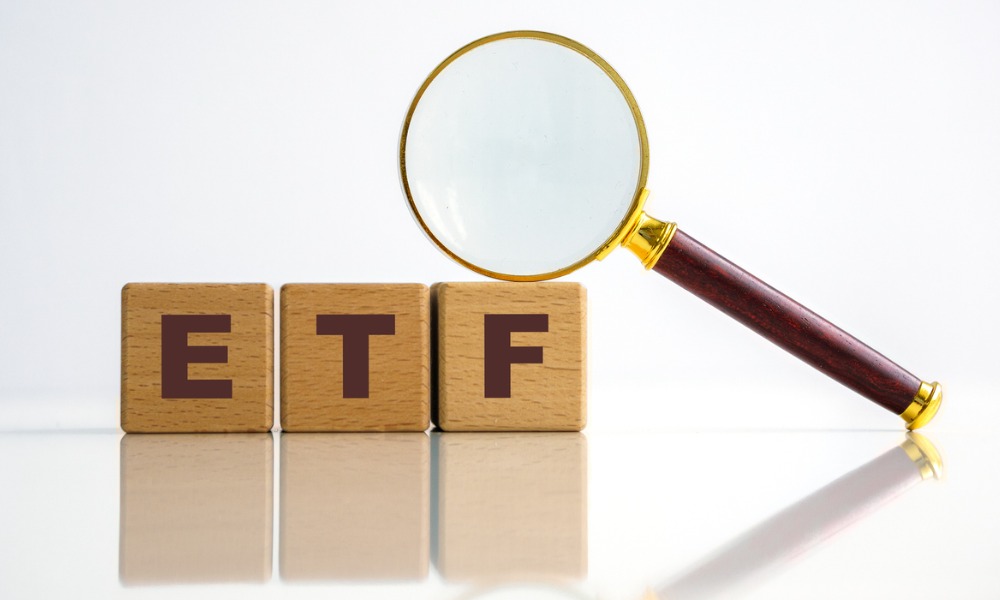Could assessment of Canadian ETF regulation help clear up asymmetries that cost end investors?

As exchange-traded funds continue to gain assets and inflows in Canada’s investment fund space, the Canadian Securities Administrators (CSA) has launched a review of regulations around the increasingly popular vehicle.
“Throughout 2023, the CSA will assess whether the current regulations applicable to ETFs remain appropriate, focusing on the unique features of ETFs,” the regulator said earlier this month.
According to Stan Magidson, CSA chair and chair and CEO of the Alberta Securities Commission, the CSA’s review will “help the CSA determine whether any additional requirements are needed as the industry continues to grow and innovate.”
While the regulator’s decision to review the ETF space wasn’t expected, it’s not exactly a surprise either given the increasing influence of ETFs across the Canadian retail investment landscape.
“I think it’s happening because of how fast ETFs are growing and how much adoption there has been in the ETF space amongst advisors and retail clients,” says Nirujan Kanagasingam, SVP, Head of ETF Strategy at CI Global Asset Management. “I think it’s still too early to tell if there will be any significant impact, positive or negative.”
Changes needed on the periphery
For Prerna Mathews, VP ETF Product and Strategy at Mackenzie Investments, the review represents an opportunity to institute some improvements and provide much-needed clarity.
“I think the regulatory framework that we've had in Canada for many years now for ETFs is functional,” Mathews says. “Do I think there's always room for improvement? Certainly.”
Conversations around a possible regulatory review, she says, have been stoked by a paper put out by the International Organization of Securities Commissions (IOSCO) last year. To encourage consistency across jurisdictions, it published a compendium of recommended good practices to implement its ETF principles in May, which the CSA said it will also be considering in its review.
Mathews also referenced a broad review of ETFs by the US Securities and Exchange Commission that culminated in the “ETF Rule” in 2019, which allowed more simplified and streamlined processes for issuers to introduce products to market.
“I don’t think there will be massive wholesale changes,” she says. “But on the periphery, I think perhaps there are some opportunities to enhance or improve regulation in Canada.”
Differences in disclosures
One area Mathews says would benefit from added regulatory clarity involves a uniquely Canadian practice of disclosure. In Canada’s ETF space, she explains, ETF providers are able to divulge holdings to market makers under the auspices of a non-disclosure agreement. Having that focused transparency between the parties helps ensure that investors get an effective price for trading at any given minute of the day.
“What we’ve seen over the past years is that some providers don’t supply full holdings data even to market makers,” Mathews says. “They may provide delayed data, refrain from daily disclosures, or just show the characteristics or holdings of their exposures.”
The upshot, she explains, is a state of information asymmetry where market makers get visibility only for some products, which leads to costs that ultimately get passed on to the end investor.
Murkiness in mutualization
Another area of potential improvement for Mathews concerns creation and redemption fees. In some cases, market makers can create or redeem in kind; however, trading desks have a limited or lack of ability to pass along certain securities. In those cases, creations or redemptions would have to occur through more circuitous cash-based transactions, for which ETF issuers would typically charge a fee.
“The purpose of that is to avoid mutualization of costs impacting the entire unitholder base within the ETF. This way, the cost of redemption or creation is borne by whoever’s coming in or leaving the ETF,” Mathews explains. “That’s unlike mutual funds, where the cost of entry and exit is borne by every holder of that mutual fund.”
The introduction of certain ETF innovations has made things muddier, with some providers not charging a creation or redemption fee in certain instances. For strategies with mutual fund and ETF series, for example, it’s not as easy to parcel out creation and redemption costs, as investors in the ETF series will technically still be shouldering a piece of the mutualized costs from across other share classes in the same asset pool.
“In that case, it’s not exactly fair to charge an investor in an ETF series of a fund a creation or redemption fee,” Mathews says. “You get this asymmetry where creation and redemption fees are charged in certain ETFs, and certain ETFs where they’re not, and the end investor has no idea why.”
Thinly traded ETFs are another category that bear clarifying. According to Mathews, only a vanishing minority of the Canadian market’s nearly 1,400 ETFs actually see daily trading.
If an ETF doesn’t trade on a given day, it stays frozen at the price when last traded. For ETFs that don’t see activity for days on end, that means investors aren’t seeing a closing price that necessarily reflects the true value of the underlying securities.
“We've seen both Cboe Canada and TMX try to address that with their own policies to end-of-day valuations, and trying to strike an end-of-the-market price for ETFs that have not traded, but there's no consistency,” she says.
That was also a concern highlighted by Alex Perel, managing director, head of ETF Services for Scotiabank in a commentary written for institutional clients.
“While not exclusively a CSA matter, we believe it’s high time to address the longstanding issues around end-of-day valuations for thinly traded ETFs,” Perel said in the note issued shortly after the CSA announced its review. “If there is one thing that can improve the retail investors’ experience in most products, this is probably it.”



